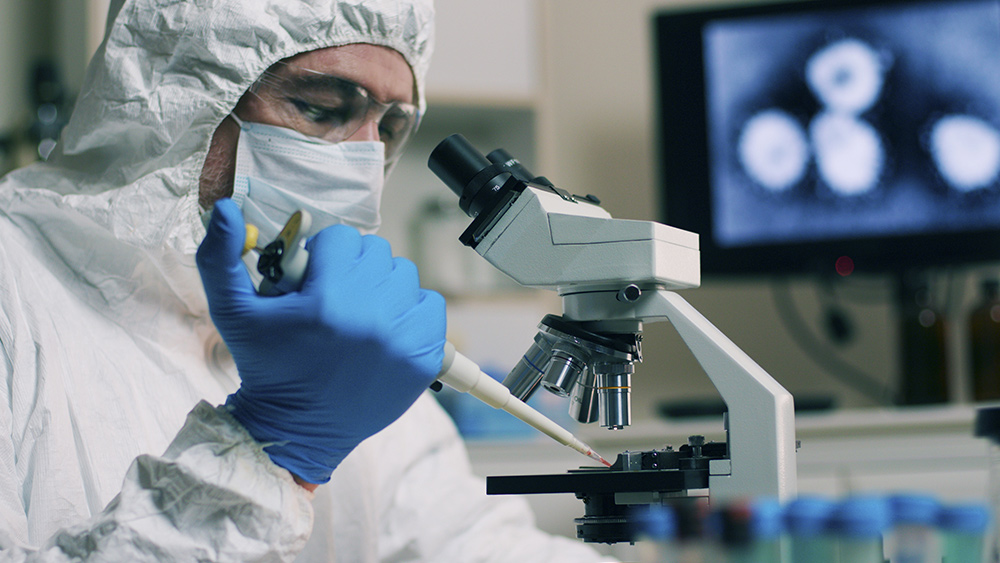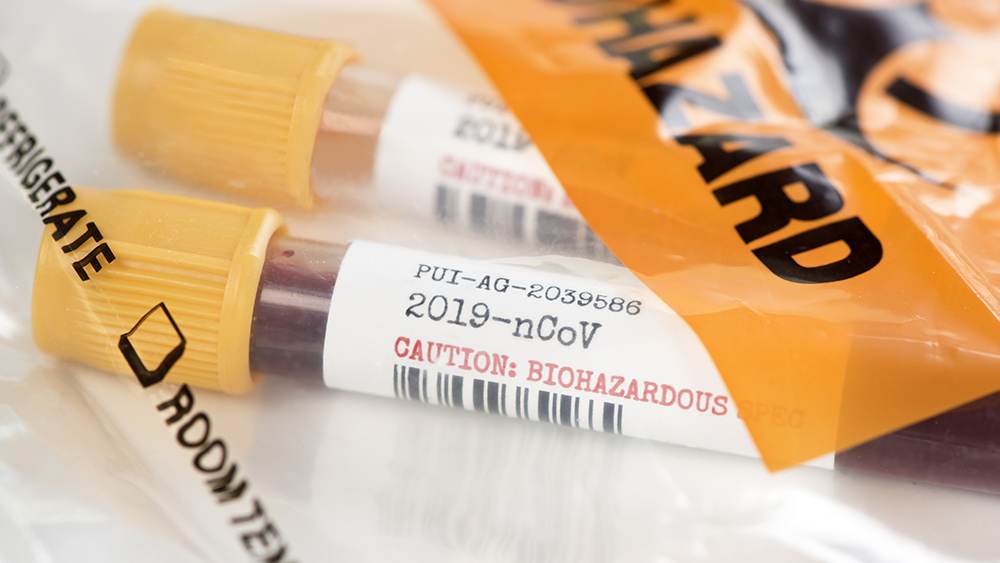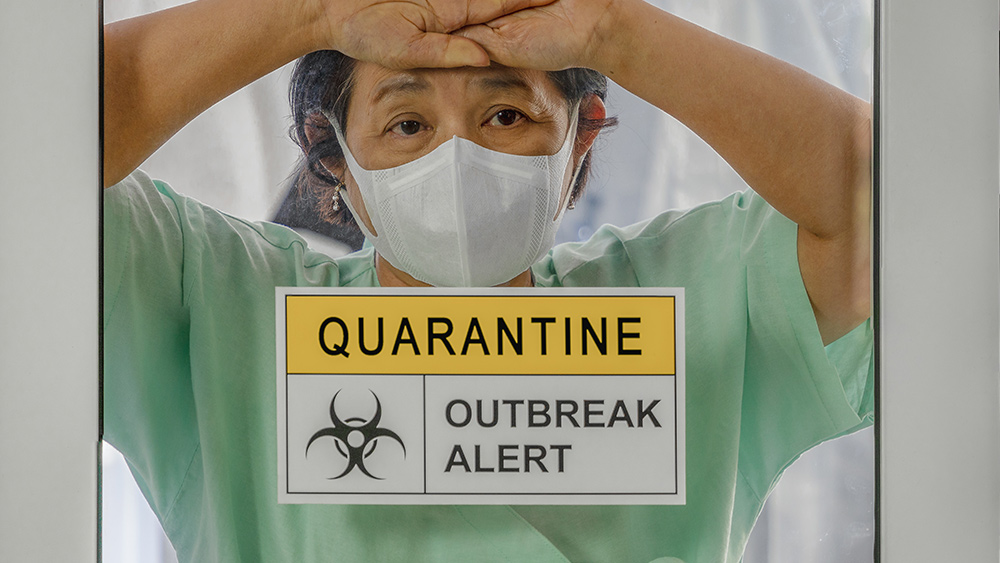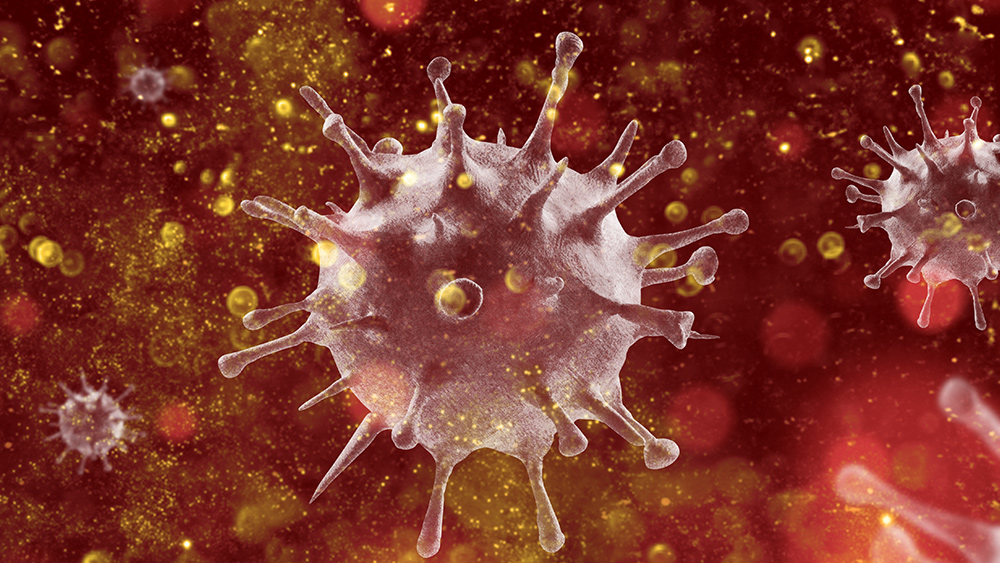A compound in five-flavor fruit can protect the liver, says research
02/28/2020 / By Evangelyn Rodriguez
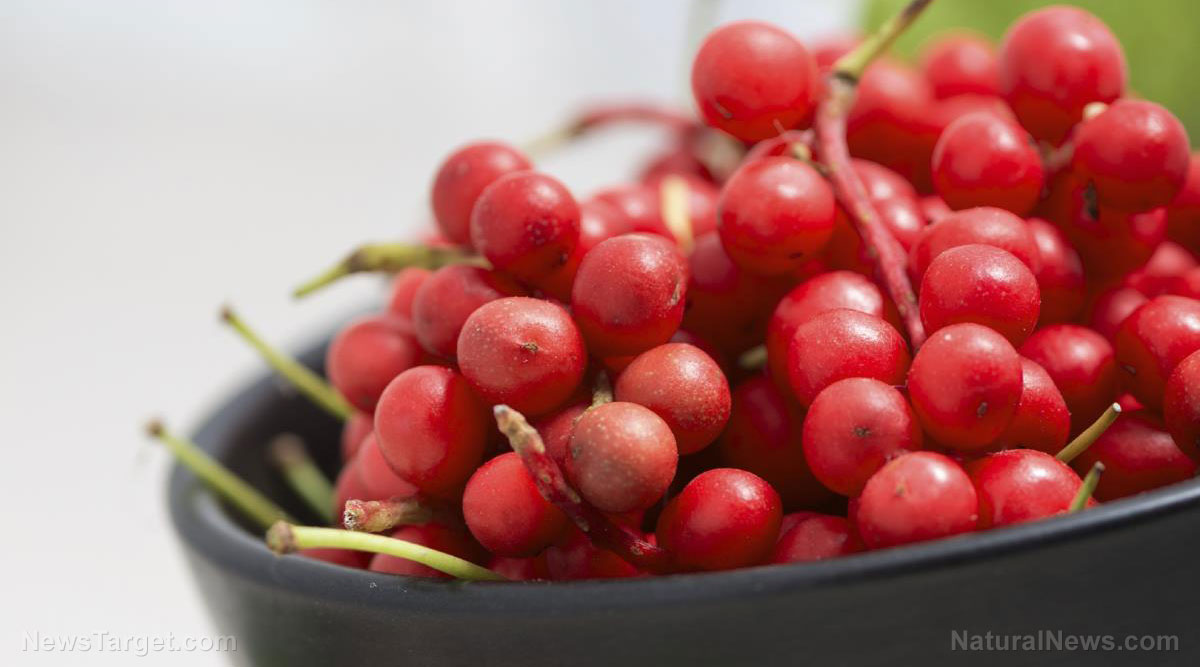
Non-alcoholic fatty liver disease (NAFLD) is the name given to a common disorder in which the livers of people who drink little to no alcohol accumulate excess fat. While largely harmless in its early stages, NAFLD can become a serious health problem if it worsens. Therefore, the prevention and treatment of NAFLD is a huge topic of interest within the scientific community.
Schizandrin A is a lignan or polyphenol found in the fruits of plants that belong to the genus Schisandra. Research shows that this compound exhibits strong antioxidant activity and could reverse memory impairment induced by beta-amyloid accumulation. Schizandrin A is an active component of the five-flavor berry (Schisandra chinensis), a plant used in traditional Chinese medicine (TCM) to treat kidney- and brain-related problems.
In a recent study published in the journal Nutrition Research, researchers from Pukyong National University and Kyungpook National University in South Korea investigated the effects of schizandrin A supplementation on NAFLD. They found that schizandrin A can reverse the consequences of a high-fat, high-cholesterol diet by regulating lipid metabolism and oxidative stress.
What is NAFLD?
NAFLD is part of metabolic syndrome — a cluster of conditions that includes insulin resistance, obesity, high blood sugar and cholesterol, and high blood pressure. People with metabolic syndrome have a high risk of cardiovascular disease, heart attack, stroke and Type 2 diabetes.
Although fatty liver in itself is a non-serious condition, people with NAFLD could develop non-alcoholic steatohepatitis (NASH). NASH is the second stage of fatty liver disease and is associated with liver cell inflammation and different degrees of scarring. If left untreated, NASH can lead to liver fibrosis (third stage) and liver cirrhosis (fourth stage).
Liver cirrhosis is characterized by substantial liver damage and the formation of too much scar tissue. Severe scarring results in the liver being unable to do its proper functions. Liver cirrhosis may eventually require the removal of the organ, at which time a liver transplant is the only treatment option left.
The five-flavor berry can stop the progression of NAFLD
S. chinensis is used in TCM as an adaptogenic herb, meaning it helps balance the body’s functions and restore homeostasis. As its name implies, the five-flavor berry has all five of the basic flavors of Chinese medicine. Hence, TCM practitioners believe it can exert positive effects on the five yin organs, namely, the heart, kidneys, liver, lungs and spleen. (Related: Can five-flavor berry help in treating sleep problems?)
The researchers hypothesized that schizandrin A could exert protective effects against a high-fat, high-cholesterol (HFHC) diet-induced NAFLD due to its strong antioxidant activities. To test this hypothesis, they studied male mice fed a HFHC diet with or without schizandrin A for 15 weeks. They noted no significant differences in food intake, body weight, fat mass and plasma total cholesterol level between the two groups.
The researchers found that schizandrin A supplementation significantly decreased the levels of plasma free fatty acid and triglycerides, as well as hepatic free fatty acid, triglyceride and cholesterol content. It also decreased hepatic lipid droplet accumulation, hepatic lipid peroxidation and the activity of hepatic enzymes involved in fatty acid and triglyceride synthesis.
On the other hand, schizandrin A significantly increased plasma high-density lipoprotein (HDL) cholesterol levels, hepatic B-oxidation- and fatty acid oxidation-related gene expression, fecal excretion of free fatty acid and triglycerides, the activity of hepatic antioxidant enzymes and the expression of genes involved in cholesterol homeostasis in the liver.
Based on these results, the researchers concluded that supplementation with schizandrin A alleviates HFHC diet-induced NAFLD by regulating hepatic lipid metabolism, oxidative stress and fecal lipid excretion.
Sources include:
Tagged Under: alternative medicine, five-flavor berry, food cures, food is medicine, fruits, functional food, good health, lipid metabolism, liver damage, liver health, natural cures, natural medicine, phytonutrients, remedies, research, schizandrin A







